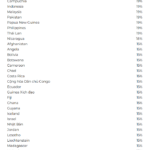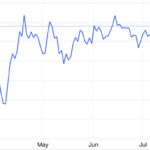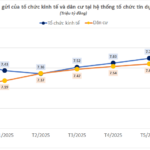President Donald Trump’s retaliatory tariff plan, announced in early April, underwent months of uncertainty with “U-turn” moves, delays, and negotiations. But eventually, on August 7, the new tariff rates of the retaliatory tariffs officially took effect for countries and territories with trade relations with the US.
“It’s midnight, and billions of dollars of tariffs are pouring into our country,” Trump wrote on the Truth Social media platform as the retaliatory tariffs came into force.
The new tariff rates were updated by Trump the week before, just ahead of the August 1 deadline he set for negotiating trade deals with the US. According to CNBC, analysts believe that despite the implementation of retaliatory tariffs, there is still much uncertainty surrounding these tariffs.
Some countries, like Switzerland, are still negotiating with the US for lower tariffs. Meanwhile, countries and regions that have reached agreements with the US, including the UK, the European Union (EU), Japan, South Korea, Vietnam, the Philippines, and Indonesia, are working on finalizing and implementing the deals.
Some countries and territories are facing some of the highest tariff rates in Trump’s retaliatory tariff plan, such as Brazil and India.
Trump’s total tariffs on Brazil stand at 50%, a significant increase from the rates announced in April. In addition to the 25% retaliatory tariff, India is also facing an additional 25% tariff due to its import of Russian oil. However, the 25% tariff related to Russian oil will not come into effect until August 28.
The US tariffs on Mexico and Canada were implemented even before the retaliatory tariffs were announced. These two countries are currently facing tariffs of 25% and 35%, respectively, and Mexico is still in negotiations with the US.
China is an exceptional case. After the sharp escalation of trade tensions between the two countries, which led to reciprocal double-digit tariffs on each other’s goods, Beijing and Washington are now in a truce phase. The truce agreement between the two countries will be in effect until August 12 and is expected to be extended for another 90 days. Currently, the US is imposing a 30% tariff on Chinese goods.
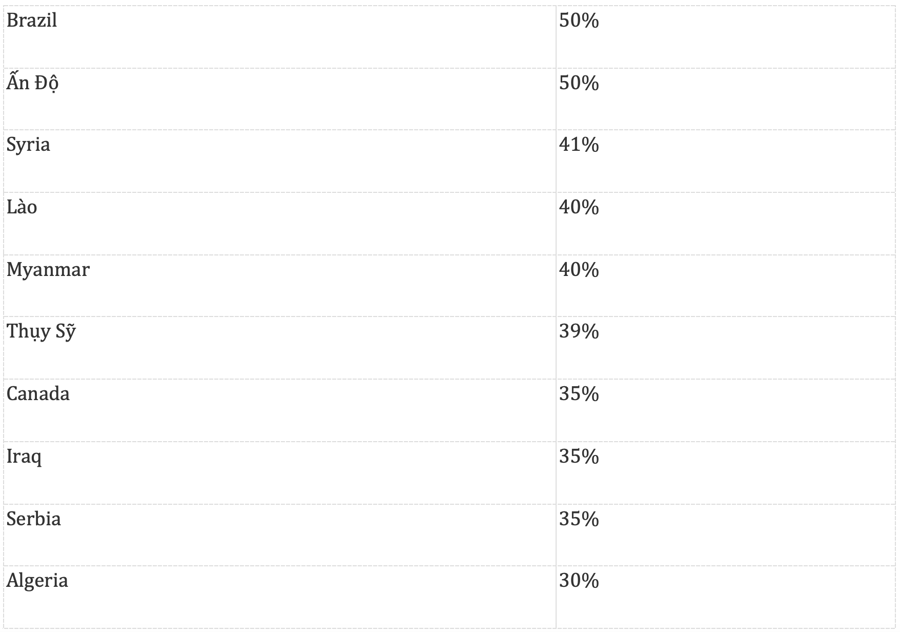
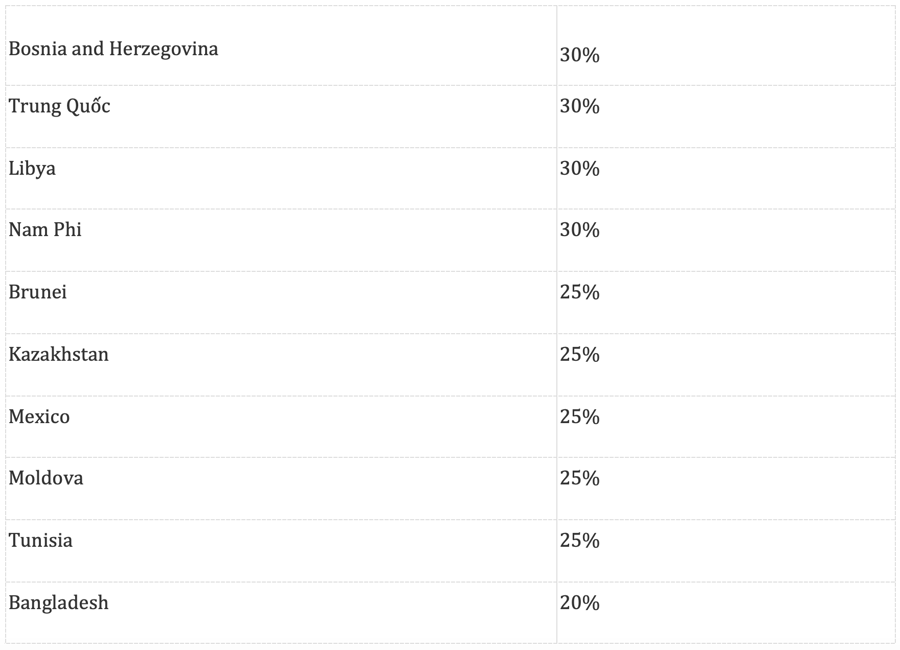
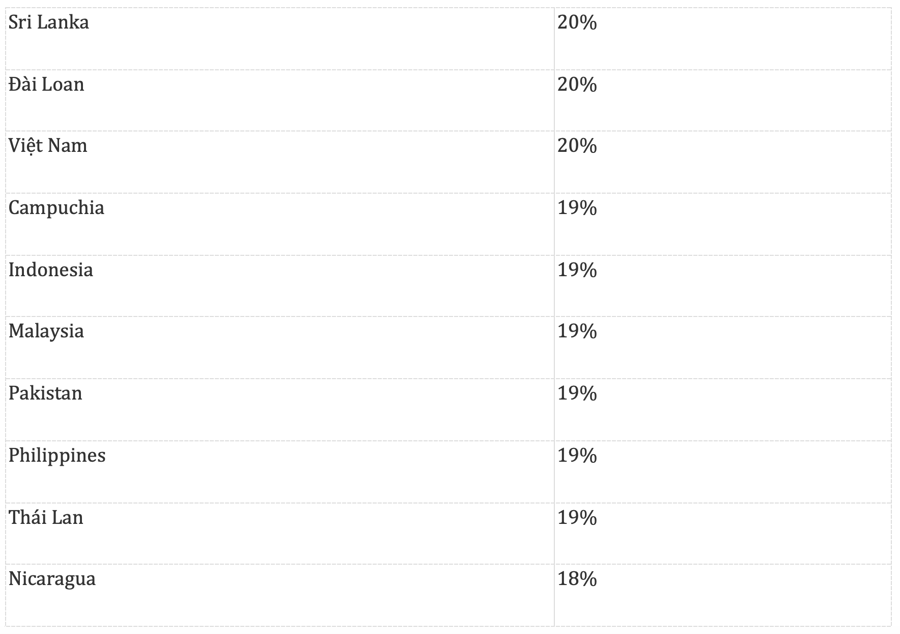
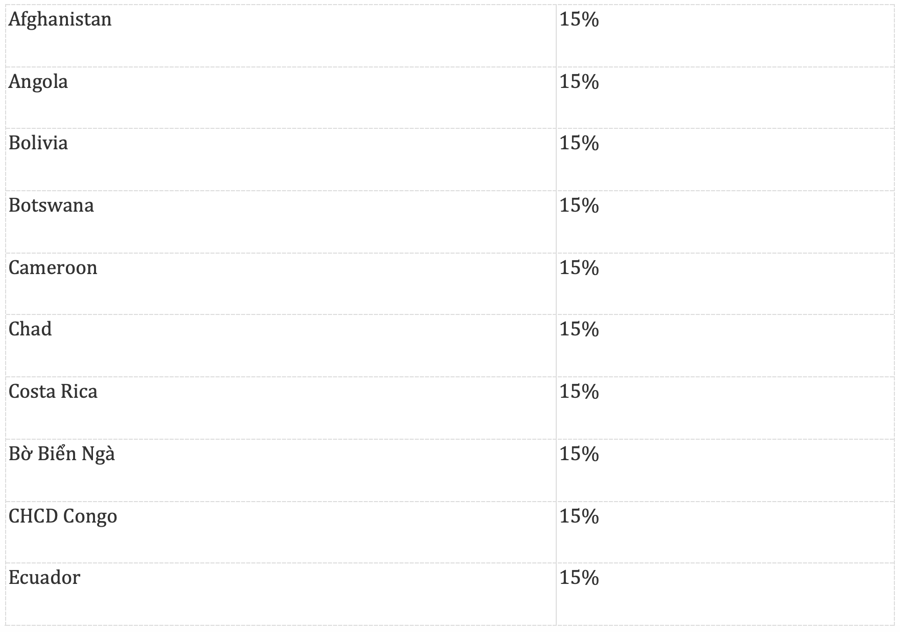
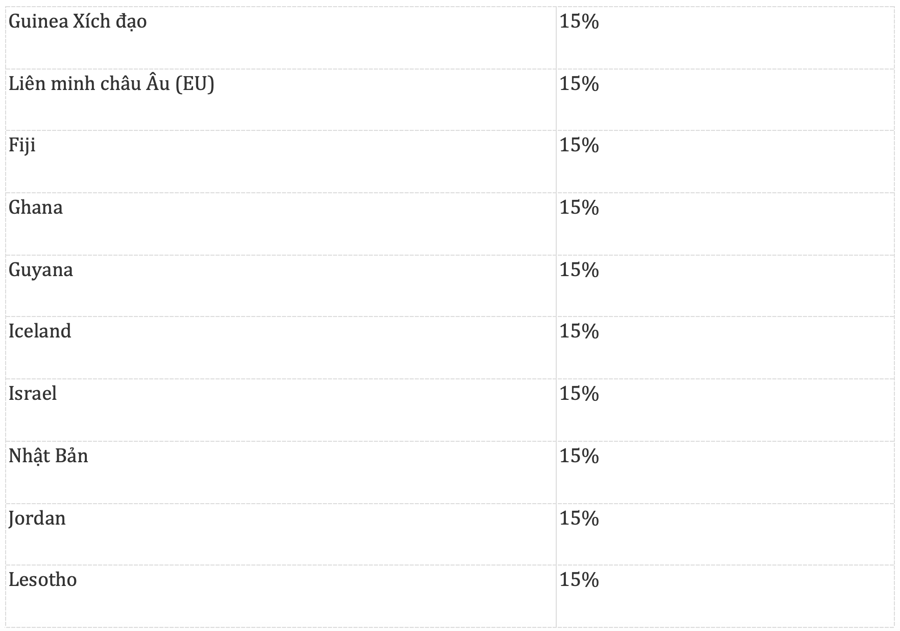
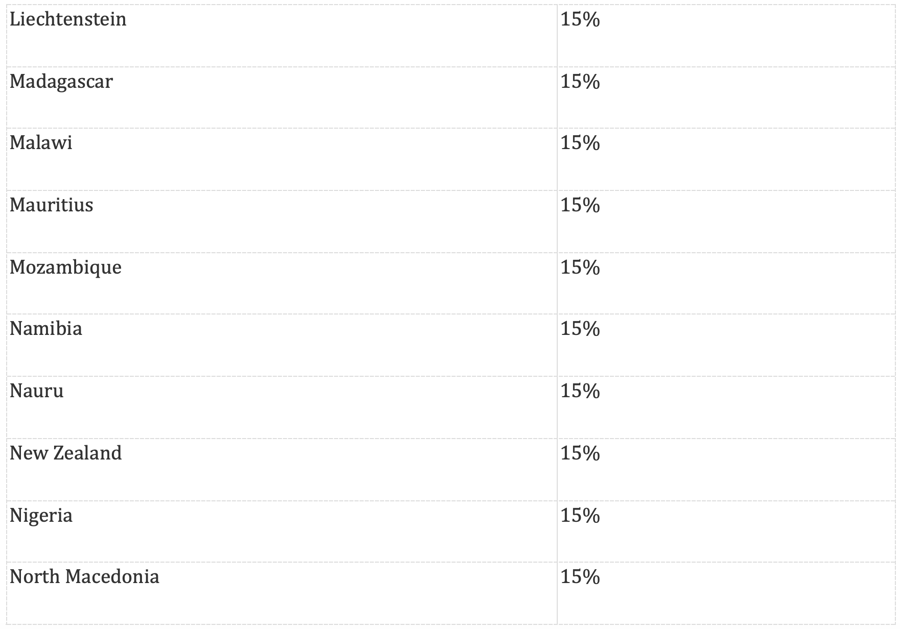
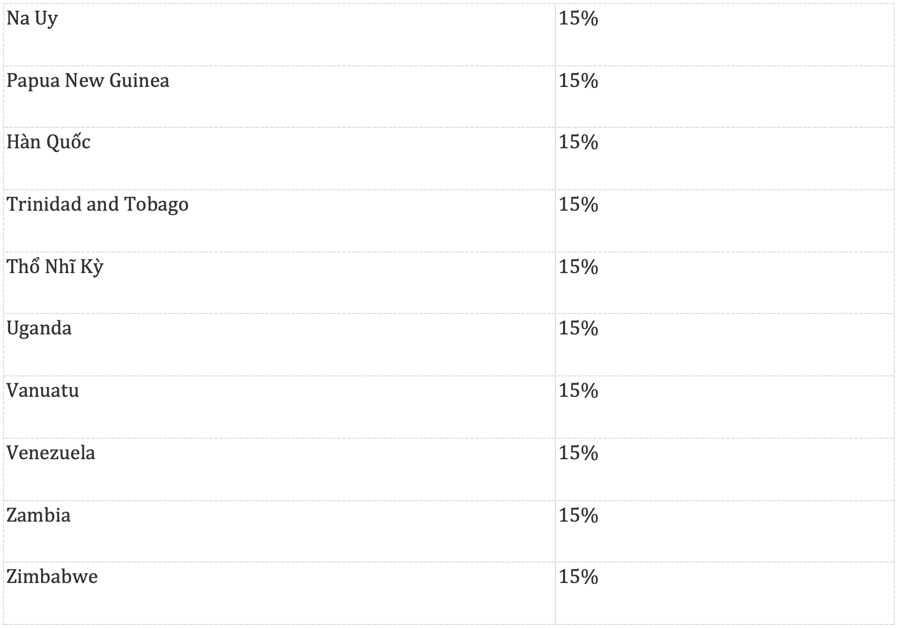

The Global Crypto Market Surpasses $4,000 Billion Milestone as the US Passes Landmark Legislation.
The global cryptocurrency market has surpassed a staggering milestone, reaching a $4 trillion market cap for the first time. This unprecedented achievement comes as investors anticipate a flood of Wall Street capital into the industry following the US’s landmark decision to adopt pivotal cryptocurrency legislation. This pivotal moment underscores the mainstream acceptance and potential of cryptocurrencies, setting the stage for a new era in digital finance.


























